Hard day for Mr. Powers. U-2 over the Soviet Union
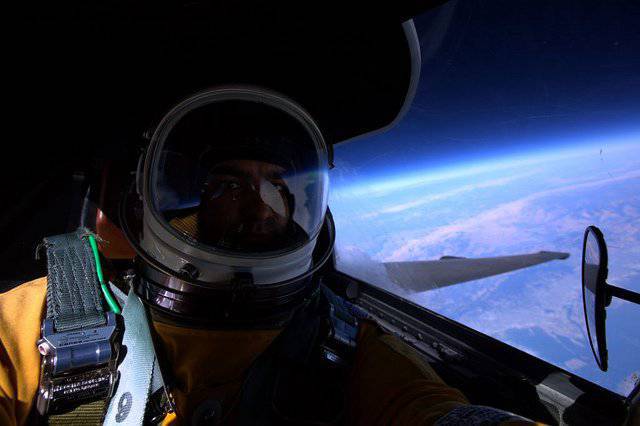
Pilots recalled that night flights over Soviet territory were the hardest. Habitual feelings of emptiness and loneliness were followed by attacks of icy horror: under the wing of an airplane, a black abyss stretched around for hundreds of miles, with occasional patches of farm and village lights. Only occasionally, at the control points of the route, the lights of large cities flashed - and again, thick bottomless darkness, over which the starry sky rotates.
Full radio silence mode. Close space suit in which it is difficult to move and take a sip of water. Lack of clear navigation landmarks. And the alarm buzz of the warning warning of irradiation by enemy radar stations — throughout the entire route, Soviet radars continuously monitored the intruder; dozens of fighter regiments and anti-aircraft batteries eagerly watched U-2 sailing at an unattainable height, waiting for a successful moment when the scout finds himself in the zone of their defeat. Alas…

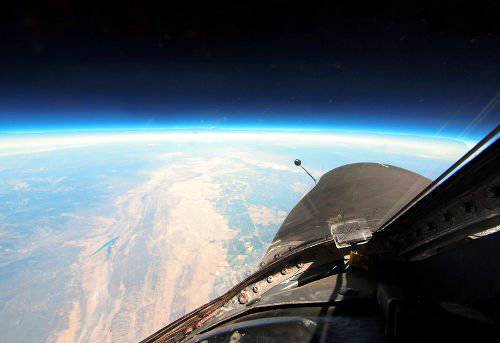
Fear is unprofessional. All the attention of the pilot should be riveted to the dashboard - on the ceiling of the flight, the safe range between the speed of stalling into a spin and the speed of the appearance of the wing flutter (strong vibration threatening to destroy the structure) was only 10 miles per hour. Periodically, in order to increase the range, it was necessary to turn off the engine and go into planning mode - in this case, exhausting physical loads and fear of losing height appeared. To fall below 16-17 kilometers meant certain death.
During daylight, pilots often observed the cigars of the MiGs — like a swarm of evil wasps, the planes of the Evil Empire flew somewhere below, periodically plunging into the sky in a desperate dynamic jump ... in vain, the U-2 flies too high.
Mr. Powers grinned and turned on the navigation lights. Let the Russian Mongols rage in their powerless malice - their backward technologies are powerless in front of the power of the American aviation.
Black unmarked beauty - high-rise reconnaissance "Lockheed" U-2, which received the unofficial nickname "Dragon Lady". The nickname has a very meaningful allegory: “At the utmost height in the stratosphere, U-2 behaves as if you were waltzing with a beautiful lady. But save you from entering the zone of turbulent flows - the lady will turn into an angry dragon. ” The description corresponds exactly to the technical features of the aircraft design: unique capabilities required special technical solutions.
A disproportionately large wing span for a jet aircraft (on the first 24 modification, later on the 31 meter - with a fuselage length of 15 meters), unusual lengthening (degree of elongation) - if modern jet planes do not exceed 2-5 units, then U-2 reconnaissance this coefficient was 14. A real glider with a turbojet!
Extremely lightweight design: refusal to completely seal the cockpit (internal pressure is equivalent to pressure at 10 thousand meters - hence the pilot’s high-altitude suit), the absence of the usual fuel tanks (kerosene was poured directly into the wing console), tandem chassis: a pair of main struts - bow and tail retractable into the fuselage. During take-off, two additional drop racks were used at the ends of the planes; when landing, the plane fell on its side and rested on one of the wing tips, made in the form of a titanium sled.
The chassis design has become a real torment for the ground staff. During takeoff, the technicians had to run after the plane, until the U-2 took a steady vertical position, after which they had to pull out the bushes - and the additional landing gear with a screech fell on the concrete runway, looking after the plane taking off.
The design of the cockpit brought no fewer problems (especially the long-nosed U-2 modifications) - having pulled a deaf pressure helmet on the head, the pilot was deprived of the opportunity to observe the runway. As a result, the Dragon Lady take-off and landing operations turned into a real Hollywood blockbuster - behind the scout, a sports car was rushing with dispatchers, who operatively controlled the position of the aircraft in space.
Another feature: because of its huge wing and lack of power, the Dragon Lady was critically dependent on the weather. Spreading its huge black wings, the reconnaissance sailed calmly in the stratosphere, but when landing, even a weak gust of crosswind could lead to a catastrophe.
Lightweight construction was not very robust - the overload limit for U-2 was estimated to be only 2,5 g.
It is noteworthy that the unique machine was created in the shortest possible time (the work began in 1954, the first flight was on August 1, 1955), without the use of any composites and other "high technologies". The shape of the fuselage was borrowed from the F-104 Stratfighter fighter. The Pratt & Whitney J57 turbojet is a standard power plant for many types of aircraft (F-100 Super Saber fighter-bomber, B-52 bomber, etc.). The only difficulty arose with the fuel - in order to prevent its "boiling" at high altitudes, the Shell company developed a special fuel mixture with a high boiling point.
Lockheed high-altitude reconnaissance U-2А, 1955 year (data on U-2S, 1994 year modification are given in brackets)
Crew - 1 man
Maximum take-off weight, kg - 7260 (18 600);
Engine: Pratt & Whitney J57 (General Electric F-118);
Thrust: 50 kN (86 kN);
Maximum speed ≈ 800… 850 km / h;
Cruising speed: 740 km / h (690 km / h);
Practical ceiling: 21 300 meters. According to eyewitnesses, the plane could rise above ≈ to 25-26 thousand meters);
Flight duration: 6,5 h. (More than 10 hours). Starting with version “F”, equipment for air refueling is installed.
... Convulsively bouncing in the cab of the truck, Gary Francis Powers frowned at the Ural landscape. He did not like the harsh nature of these places, did not like the disgusting quality of the road surface, did not like the truck and its driver. But he didn’t particularly like the medallion dangling on his chest in the form of a silver dollar. Especially for such cases - inside the needle with curare poison.
To hell! It was decided: his life is more precious than all the world's secrets.
As soon as he fell into the hands of the KGB, Powers tore off the ill-starred amulet from the neck and, throwing it on the table, said: “Inside is a dangerous substance. I don’t want a Russian to die because of my negligence. ” It was a good sign - the pilot of the spy plane was open for cooperation.
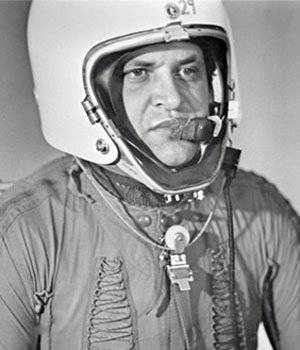
... That day everything went wrong since the morning: the flight was delayed by 20 minutes - all navigation astronomical calculations lost their relevance, had to re-calculate the height of the Sun for each of the control points of the route. In addition, the route itself caused considerable fears - taking off from an air base in Pakistan, the entire European part of the USSR should cross diagonally - from the southern borders in the mountains of Tajikistan to the Arctic latitudes of the Kola Peninsula. Further, it was necessary to go to the West and land at the Norwegian airbase in Bodø.
It was 28-th Powers' raid over the territory of the USSR - and Powers, as an experienced pilot, was well aware that the risk increases each time. The Soviets are offended by the boorish behavior of spy planes and are certainly looking for a solution to the problem. Powers saw how more and more “forbidden areas” appeared on the map of the Empire of Evil - places where, as a result of processing U-2 photographic materials, the positions of the stationary C-25 SAMs were discovered.
Mr. Powers was aware of a possible threat, but did not know how dangerous it was to fly on that fateful day — the C-75 Dvina mobile anti-aircraft missile systems appeared in service with the Soviet air defense units.
The complex beat up on 30 kilometers, and was able to intercept any aerial targets (from combat aircraft to cruise missiles and automatic stratostats), moving at speeds up to 1000 m / s on oncoming and follow-up courses. A combat unit of an anti-aircraft missile with a mass of 200 kg left no chance for violators of the airspace of the Soviet Union.
Powers' aircraft was shot down over the Sverdlovsk Region, 1 in May 1960, in 08: 53 Moscow time. At this point, U-2 was at the height of 20 000 m and followed the course set in the direction of the next control point - the city of Kirov.
The explosion tore off the U-2 wing, damaged the engine and tail. Rising from shock, Powers discovered that he was sandwiched between the seat and the dashboard. Now, with the ejection, his legs will tear off. However, he would not use the catapult anyway - one of the familiar technicians warned Powers that something was wrong with his plane: an object resembling an explosive device was mounted behind his back. It is his, and not the catapult, that activates the saving lever under the armrest of the pilot's seat.
Powers was not at all surprised at the shocking discovery. "Shot in the head" from the CIA? That's the way it should be: when you try to escape, a dozen kilograms of powerful blasting will kill an unwanted witness and destroy all secret equipment inside the fuselage.
Well, I do not! Today he will survive. Tumbling in a fatal fall from an 20-kilometer altitude, Powers managed to independently reset the lantern and leave the plane wreck at an altitude of about 10 km.
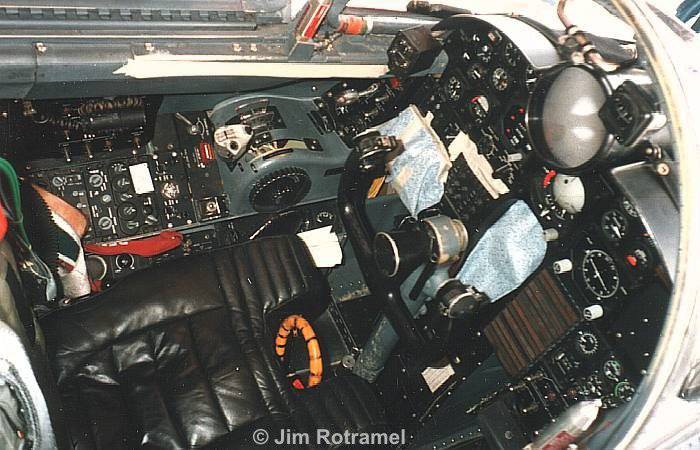
And at this time ...
The incident with the destruction of U-2 over Sverdlovsk was accompanied by many bright and tragic events.
No one had any doubts that C-75 could cope: in six months, Powers - October 7 1959, the complex "took off" over China reconnaissance "Canberra" * from a height of 19 kilometers. Despite the keen desire to declare its success, the USSR said in a hurry that “Canberra” had fallen for technical reasons. Indeed, why cover the six with a trump card, if you can later cover an ace?
* American high-altitude reconnaissance aircraft Martin RB-57D Canberra
The beginning of 1960 of the year brought another success - the C-75 SAM system destroyed the high-altitude stratostat at 20 altitude with more than kilometers.
But in the case of the Powers aircraft, it was not going according to plan. Realizing that the victory was almost in their hands, the commanders of aviation and air defense literally burned with impatience and threw everything into the battle that they came across - after all, the one who had time to intercept U-2 first would be shed in golden rain of rewards and rewards. The situation was complicated by a holiday: in the garrisons they were preparing to celebrate May Day, the personnel received the dismissals - the alarm of war literally took people by surprise.
The operation took place in a great hurry and with a strong nervous tension. Igor Mentyukhov was the first to intercept - on that day the pilot overtook the newest Su-9 interceptor from the factory. The aircraft did not have weapons, and the pilot did not have a high-rise compensation suit. The order was simple: to destroy the enemy with an air ram (the pilot himself should have perished - everyone understood that without a high-altitude suit he had no chance). Alas, the interception did not take place due to an error in the afterburner activation time.
Fortunately, the anti-aircraft gunners of the Urals Military District did everything right and aptly - having received a missile into the tail, U-2 fell like a stone from heaven. However, it didn’t do without a tragic accident - at that moment, when the warped wreckage of the Dragon Lady was already rushing to the ground, the next division of the air defense missile system launched a second volley - it seemed to the anti-aircraft gunners that the U-2 was still flying. At this time, a pair of MiG-19 Boris Ayvazian and Sergey Safronov arrived at the scene. Under the intense "friendly fire" of the C-75 air defense system, the more experienced Ayvazyan abruptly threw the plane down to meet the launching missiles - and safely escaped the strike. The second pilot was unlucky - his MiG-19 was shot down, Sergei Safronov was the only victim of that stories.
And then there was a trial. The most humane court in the world. The Soviet Union mocked plenty of the West, setting up a couple of funny traps.
For example, the cunning Soviets kept silent about saving Gary Powers. Deciding that an undesirable witness is dead, US President Dwight Eisenhower told the world a moving story about a “strayed airplane” that performed “meteorological research.” He sang a mournful ballad about the “peaceful skies”, sworn solemnly that no flights over the territory of the USSR had ever been committed, that he was giving his honest word - the Word of the President of the United States.
Representatives of the USSR nodded their heads in agreement, and then at the trial they filed a pilot who, plainly, told foreign reporters that he had been shot down over the Central Urals. He was carrying out a military mission, so spyware was installed on his U-2. President Eisenhower was disgraced abruptly.
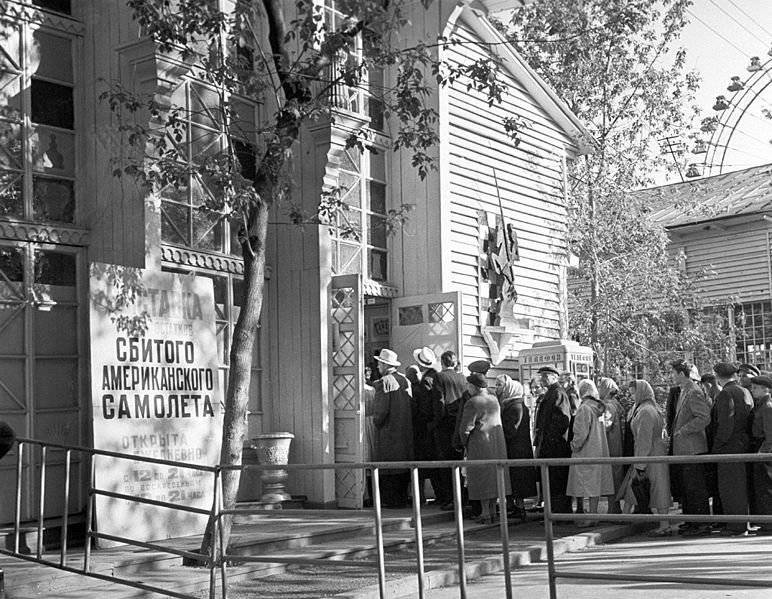
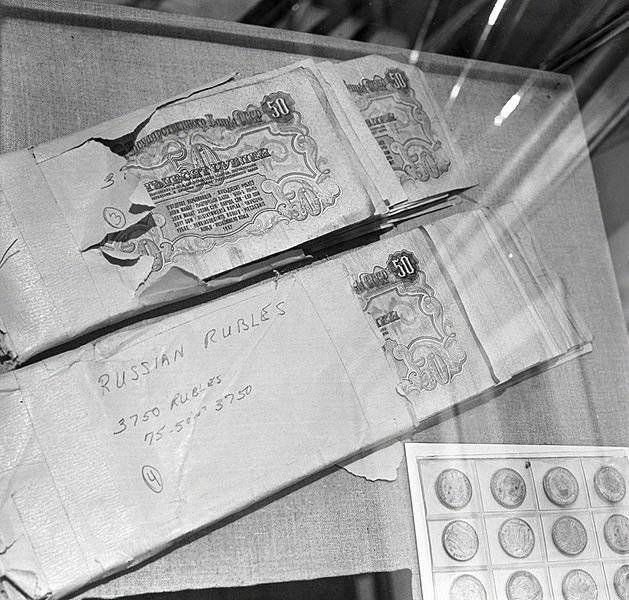
The wreckage of the aircraft and spy cameras were put on display. Nearby on the shelves lay other curious "artifacts" - a pistol with a silencer, packs of Soviet rubles, a detailed map of the USSR, and so forth "a la James Bond." It was really funny. The reputation of the CIA was stained.
As for Gary Powers himself, a young man of 30 years, the Soviet representatives treated him with a certain degree of understanding and respect, as a defeated enemy.
- investigator Mikhailov, interrogated the American pilot
All this was conceived during the trial - exemplary behavior, voluntary recognition and cooperation with the investigation. Sentence: 10 years of imprisonment, of which Powers hardly served 1,5 - in February 1962, he was exchanged for Rudolf Abel.
Powers returned to the United States and continued to work in military aviation, taking a test pilot at Lockheed Martin. In the last years of his life, he worked as a helicopter pilot at the KNBC news agency; in 1977, Gary Francis Powers died in a plane crash at his workplace.
Finale
The legendary U-2 "Dragon Lady" revealed the true location of Baikonur, leaked secret information about the rings of the Moscow air defense system, meticulously counted the number of Soviet ships, submarines, airplanes and air bases. Thanks to its superintelligence officer, the CIA gained quite clear ideas about the state of Soviet industry, the system of closed cities and towns, military training grounds, and other strategic facilities in our country and not only. Scouts regularly participated in spy missions in different parts of the world - China, Southeast Asia, the Middle East, Africa and South America. Nothing could escape the attentive eyes of U-2.
According to statistics, of the 90 planes built ~, half was lost for various non-combat reasons, another six were shot down over the territory of the USSR, Cuba and the People's Republic of China.
Paradoxically, airplanes of this type continue to be actively used today - the newest modifications TR-1 and U-2S serve in troubled regions around the world. Now their tactics have changed - instead of arrogant intrusions into the airspace of other countries, the Dragon Lady calmly soars along their borders, looking curiously hundreds of kilometers deep into foreign territory.
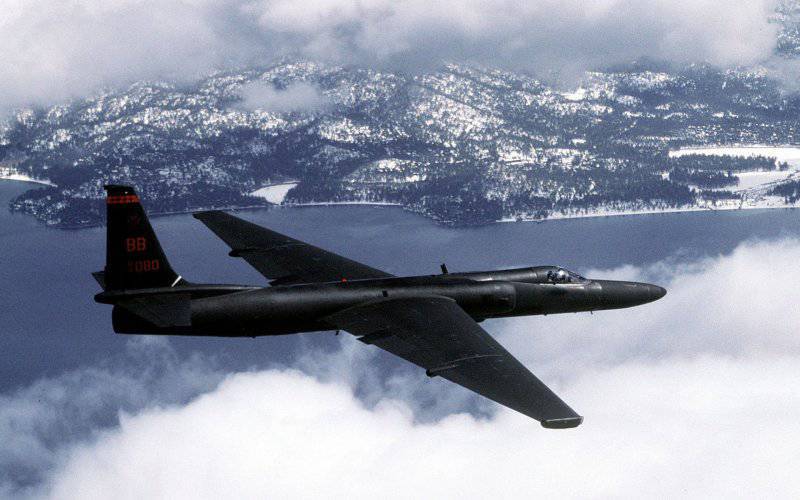
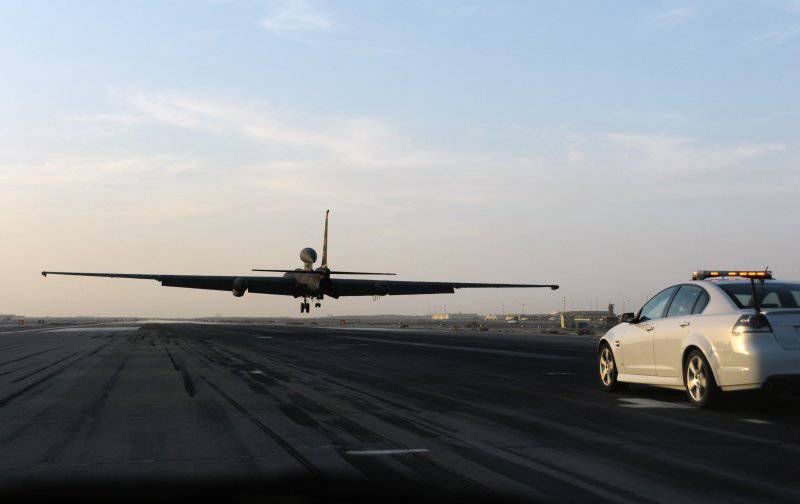
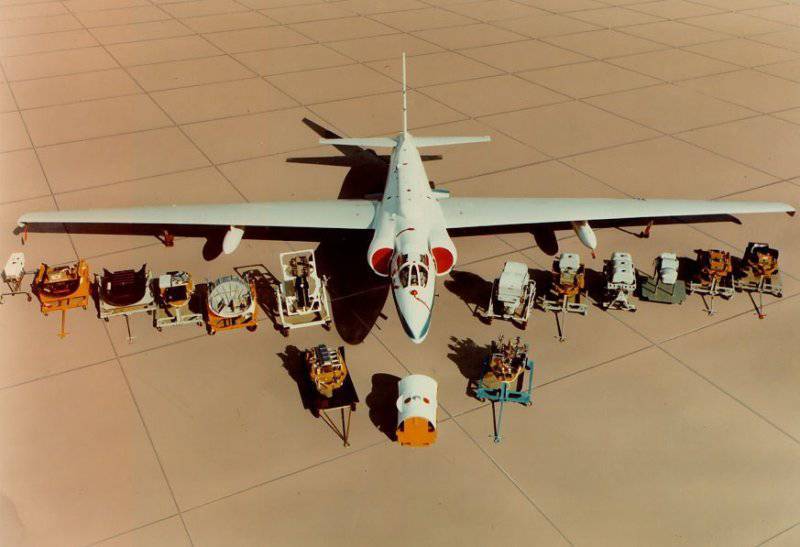
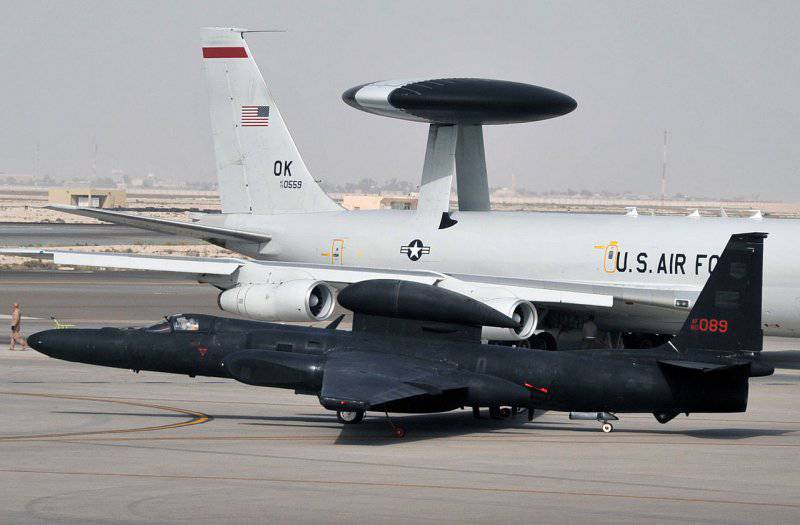
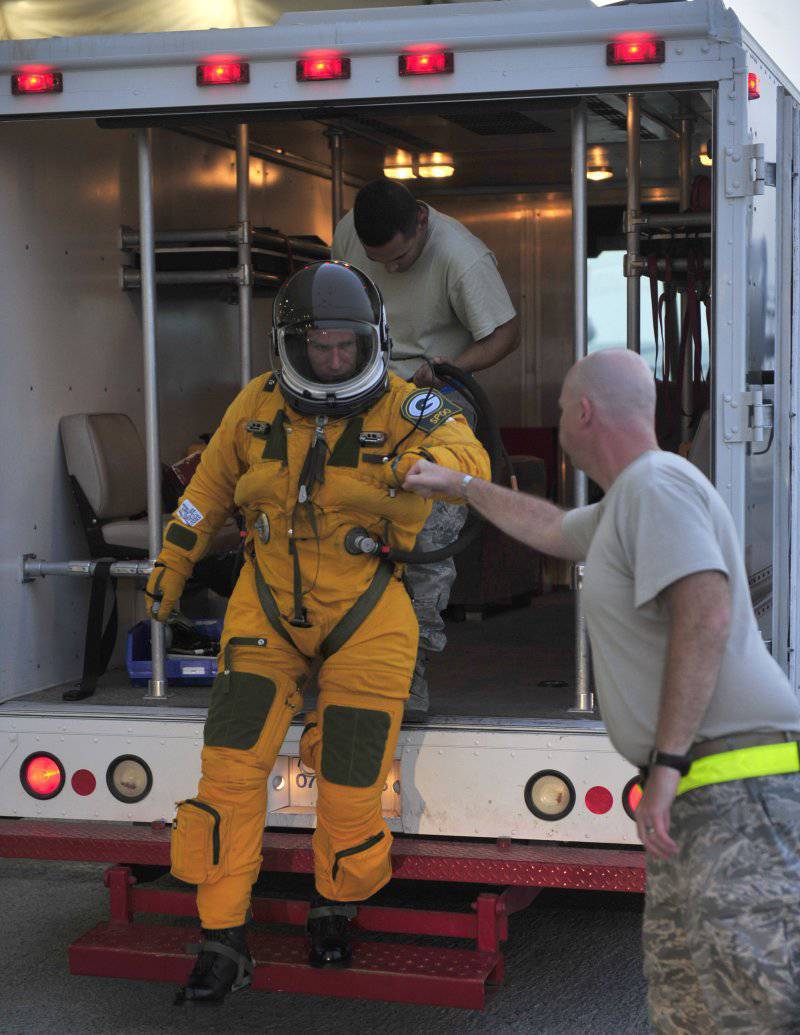
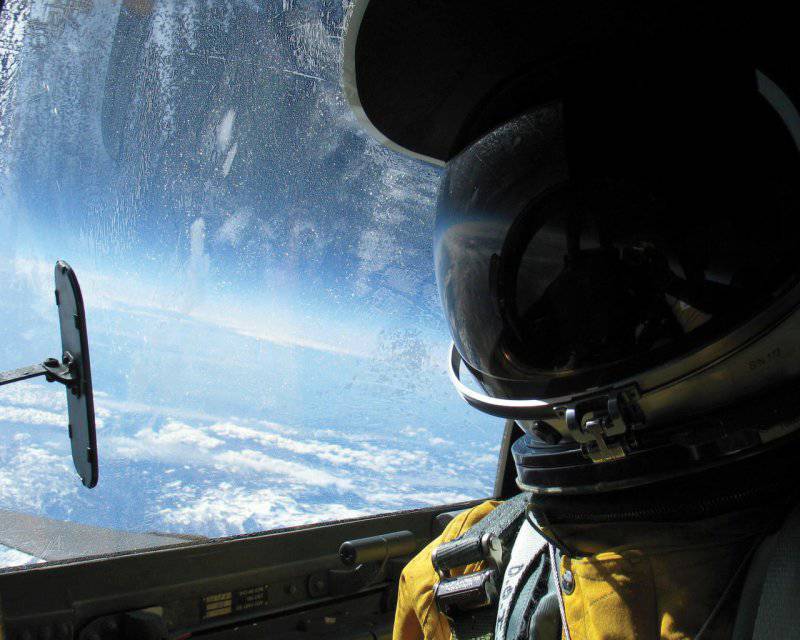
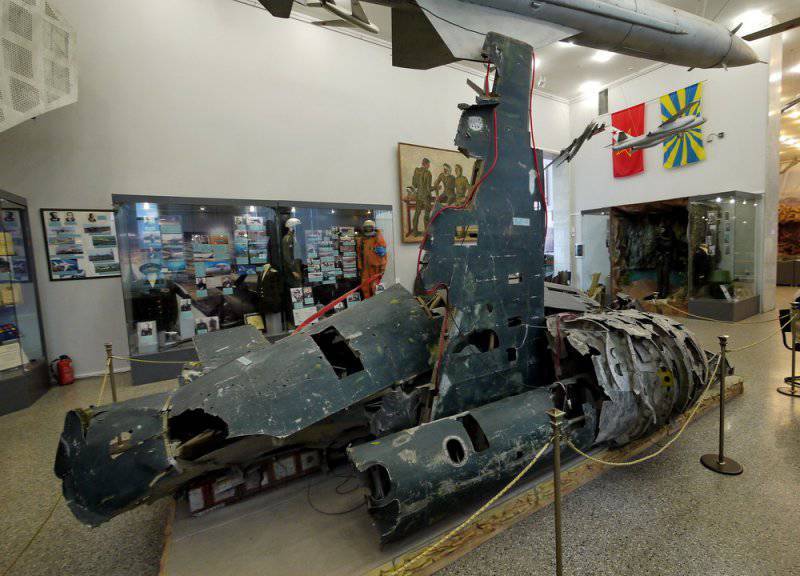
Information